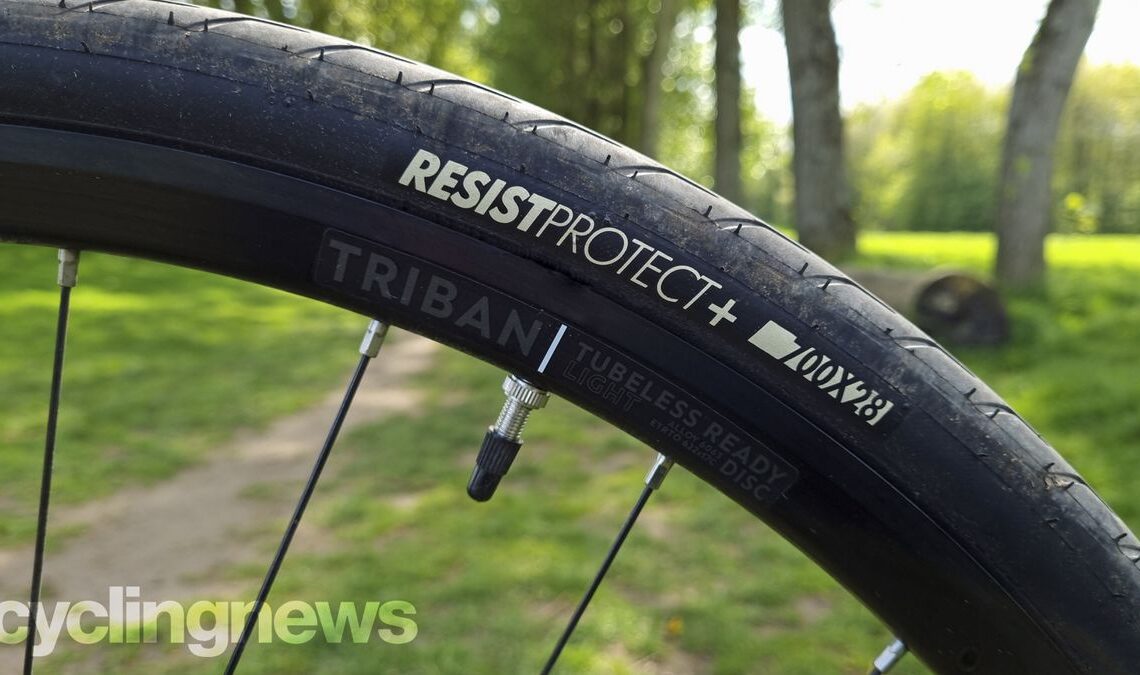Finding the right size tyre for your bike can be more tricky than it at first appears. That’s a result of different ways to define a wheel and tyre’s size and the need for the tyre to fit in your bike’s frame without rubbing.
There are, however, universal standards to which wheels and tyres conform, so if you know how to read these numbers, it’s a lot more straightforward.
Here, we’ll go through how bike tyre sizes are defined and how to choose a tyre that will fit your bike and meet your riding needs.
What dimensions define a tyre’s size?
Two fundamental dimensions define a tyre’s size: its diameter (specifically, the diameter of the tyre’s bead which connects it to the wheel rim) and its width.
The bead diameter needs to precisely match the size of your wheel rim, and there are a limited number of discrete values.
In contrast, there’s a lot more latitude in tyre width, meaning the actual width of a tyre might differ slightly from the number on the sidewall. The wheel rim’s internal width and how much pressure there is inside the tyre can both affect how wide a tyre is when inflated.
Ultimately, the clearance designed into the bike’s frame and fork will limit how wide a tyre you can fit, with the rear wheel clearance usually being the limiting factor. Rim brake calipers also limit the size of the tyre you can fit.
The maximum recommended tyre width for a given bike model will usually be stated by the bike manufacturer. The international standards described below specify a 6mm clearance around the tyre. This should prevent the tyre from rubbing on the frame and potentially dangerous wear to both. For tyres used off-road, it will also provide some space in case of mud build-up – a common occurrence.
How is bike tyre size defined?
Confusingly, there are multiple methods used to define tyre size. Road bike tyre sizes are usually measured using the older French system – where road cycling has its strongest roots – while mountain bike tyres are usually measured in inches, borne out of the Americas where mountain biking originated. Commuter bike tyres and gravel bike tyres may be measured either way, although they usually use the French measurements too.
The ultimate basis to define a tyre’s width is…
Click Here to Read the Full Original Article at CyclingNews RSS Feed…

